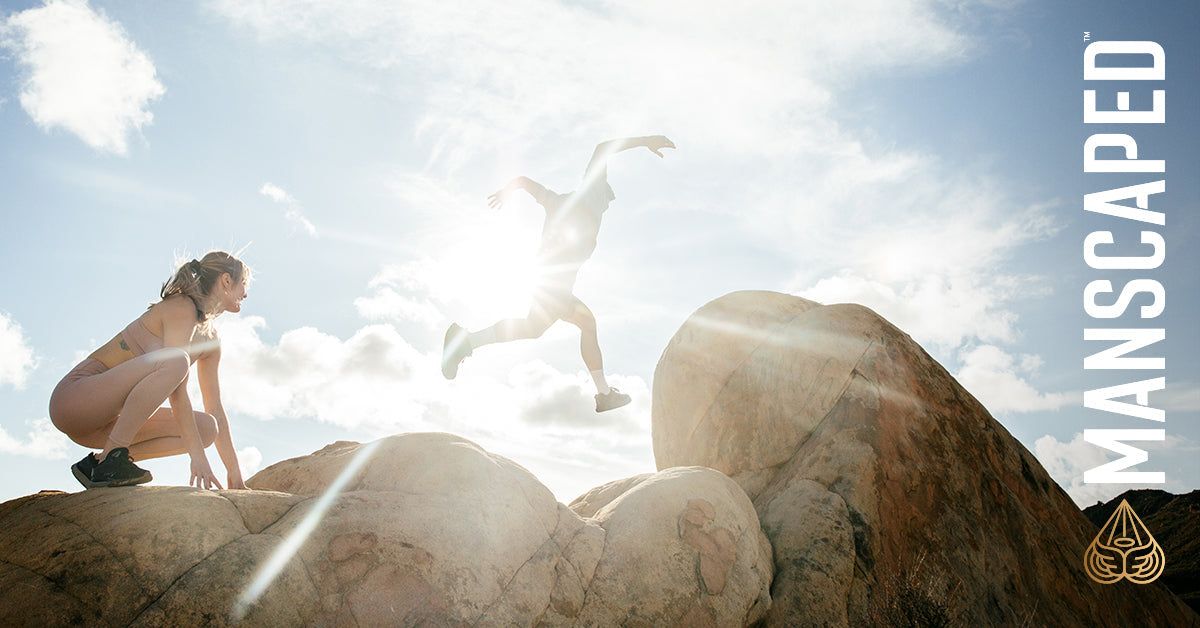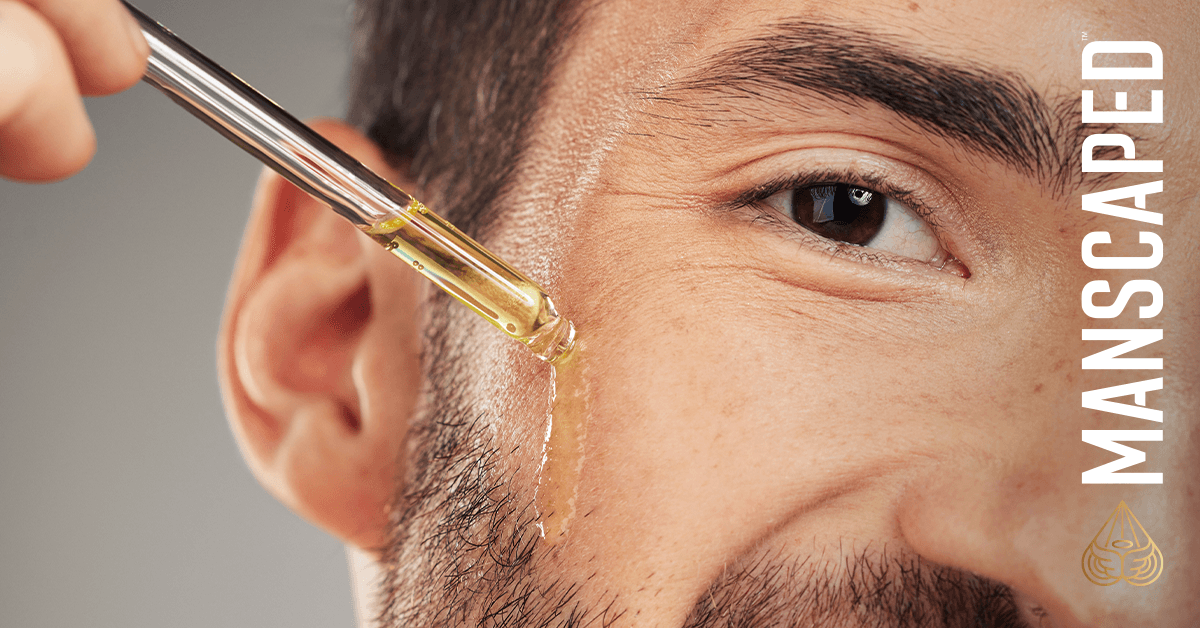
Hiking is great
The sun is out. Restrictions are lifting. People are remembering what it’s like to live a normal life. If you’ve felt cooped up or frustrated during the pandemic, one of the best releases imaginable is to go on a hike. It’s outdoors and safe, even if your region hasn’t fully kicked the virus yet. It’s liberating, good for your body, and one of the best ways to clear your head and rejuvenate your soul.
That might sound like an oversell, but those of you who love hiking are nodding in agreement. Those who haven’t explored hiking enough yet are in the right place. We’re going to give you some tips and help you get into this great activity. You’ll thank us.
Choosing your party
When you’re breaking into hiking, you have two choices. You can go with friends or enjoy some solitude. We recommend both.
In general, hiking in a party is safer, and having friends to share the experience with is always great. That said, getting people to coordinate for a hike is challenging, and you’ll find that if you don’t do some solo hikes, you’ll spend less time on the trail than you might want. So, spend some effort to plan hikes with your people, but do some accessible solo hikes between those adventures.

Some tips to help you hike
Let’s acknowledge something. Hiking is not the same as taking a leisurely walk down the street. Hikes can range in intensity — from gentle excursion to intense cardio —, but the general idea is that you’ll be covering uneven terrain with a grade. So, even if you’re going on the gentlest of hikes, you need a little more preparation than simply throwing on some shoes and getting after it.
Shoes are a great place to start. When you want to take a hike, you should do some planning. You should know what trail or terrain is on your agenda to be sure you have the right shoes. If your trail is fairly even with gravel or packed dirt, regular tennis shoes or trainers are fine. If you’re getting into uneven terrain or sand, you want boots with ankle support. That helps you prevent injury, especially when you get a little tired by the end of your hike.
You also need the right gear. You should bring water, and if your hike is going to be longer than an hour, some food is good too. Trail mix, bananas, dried fruit, and granola are some of the most common choices. They’re easy to pack and easy to eat. Make sure you don’t go too long without food on your hike. It can lead to blood sugar issues and become dangerous.
Your other main consideration is clothing. If you’re going up in elevation, you’ll need layers to deal with the colder air. Make sure you’re prepared for the weather. Rain gear can help you save stamina if the skies open up on you. If it’s going to be hot and sunny, you want sunscreen, a good hat, and clothes that breathe. You get the idea. Plan around the weather.
You want to consolidate your gear into the right pack. If you’re going on a short hike in good weather, you can carry your water with you (although CamelBaks are amazing). If you need snacks, extra layers, or any other gear, a good hiking backpack is your best friend.
The very last item you should always bring with you is a pack of band-aids. If you think you’re starting to get a blister, cover it right away. It’s shocking how quickly a tiny problem like that can become debilitating.

Finding a great hike
You’re prepared. You’re excited. It’s time to take a hike. Where should you go? If you have a favorite local trail, that’s a great way to get started. If you’re looking for new adventures, there are resources that can help you find them. You can start by Googling (hiking trails near me). It will populate popular options. If you want to dive deeper, AllTrails.com is an amazing resource. You can search by city, park, or trail name, and if you let it see your location, it will automatically recommend some close stuff that comes highly recommended.
If you’re ready for the hike of your life, then maybe it’s time to plan a trip and see some world-class views. In the U.S., there are some amazing hikes in each region. The Appalachian Trail in Shenandoah National Park will be one of the prettiest hikes in the eastern half of the country. It’s also quite accessible. In the Northwest, you have Burroughs Mountain Hike in Mount Rainier National Park. The views are stunning, and the temperatures are great for summer excursions.
Perhaps the three most famous hikes in the U.S. are the South Rim Trail at the Grand Canyon, The Upper Emerald Pool Trail at Zion National Park, and the Half Dome in Yosemite. If you haven’t done any of them, they’re worth the trip.
Outside of the U.S., there are plenty of spectacular hikes. As COVID restrictions ease and travel is more accessible, these are the ones that might top your list.
Machu Picchu in Peru is one of the most famous sites on the planet. You can hike all the way to the top, getting above 14,000 feet in the Andes Mountains. It’s a bucket list item for many adventurers.
Kilimanjaro is the tallest mountain in Africa, and as long as you’re fit, you can summit it. It takes some planning because you’ll reach heights just shy of 20,000 feet. If you put in the work, you’ll see something spectacular and accomplish a summit that most in the world never even consider.
Europe has no shortage of breath-taking hikes. To keep the list short, we’ll only mention one that is overlooked by a lot of other hiking lists: Puez-Odle Altopiano. This hike in the Italian Dolomite Range is nothing short of spectacular, and it’s quite accessible. You don’t need any special mountaineering skills to enjoy this one.
For the ultimate adventurers, you can always hike the Everest Base Camp. Not to be confused with summiting Everest, you can hike to the base camp and see the most spectacular mountain in the world with your own eyes. The hike takes up to 14 days, so it’s no small investment. But, when you’re done, you can say that you climbed Everest (even if you’re a little cheeky).
06.02.21
Share

Featured Articles
- Your Favorite Ball Deodorant. Now with a New Scent: Perservere.MANSCAPED® + TCS for Testicular Cancer Awareness MonthIntroducing The Lawn Mower® 5.0 Ultra TCS Special Edition and TCS Ball Hero BundleThe Dome Shaver™ Pro vs. The Dome Shaver™ Plus: Which Should You Choose?The Chairman™ Pro vs. The Chairman™ Plus: Which Should You Choose?



